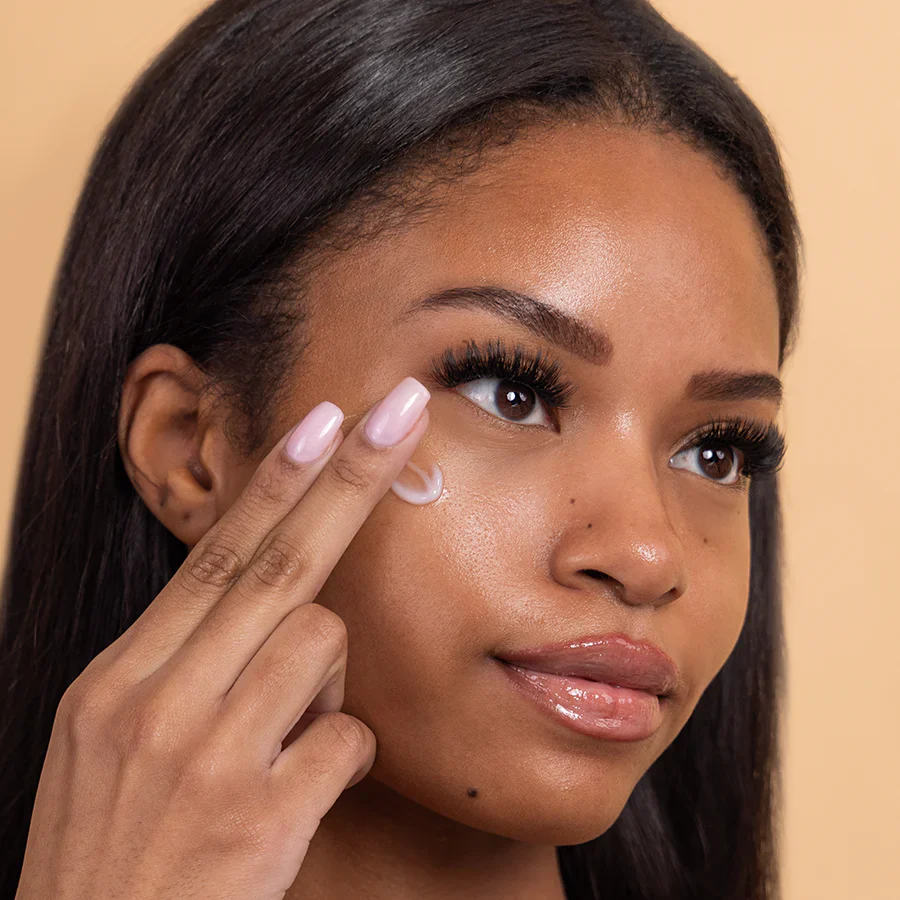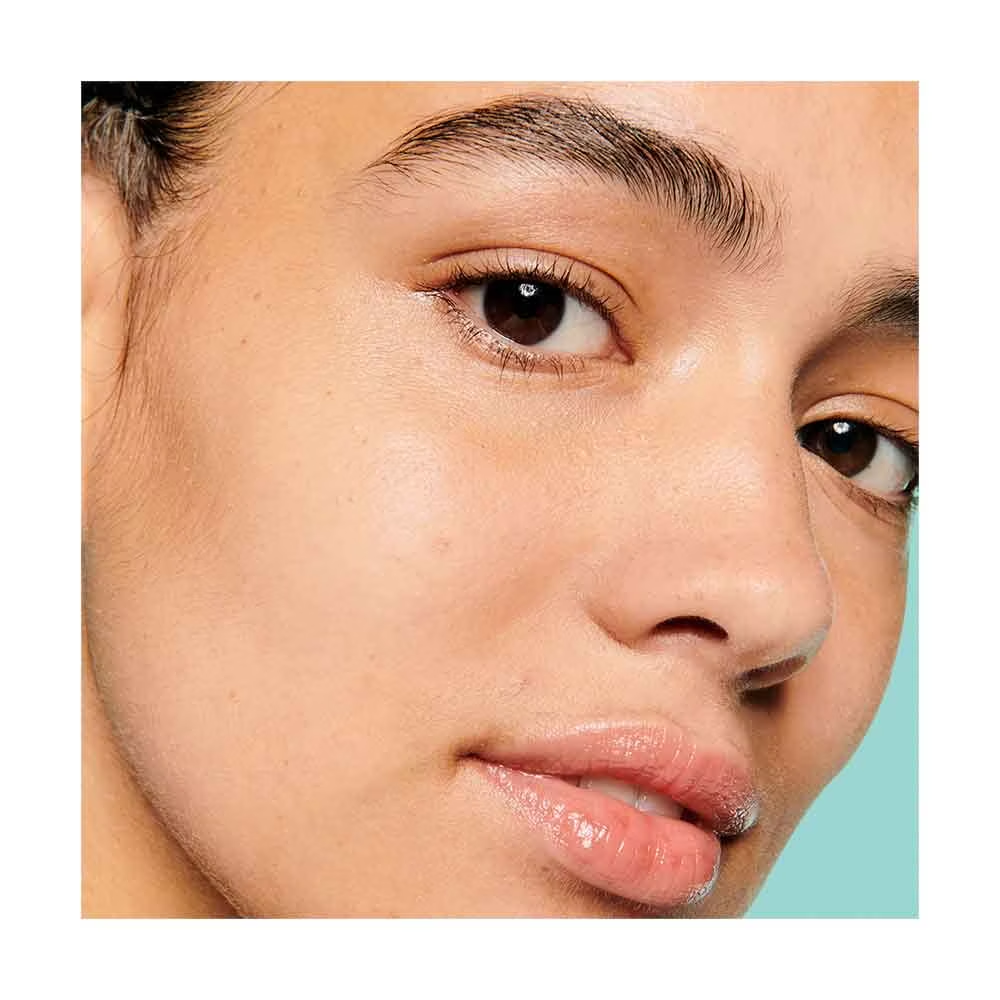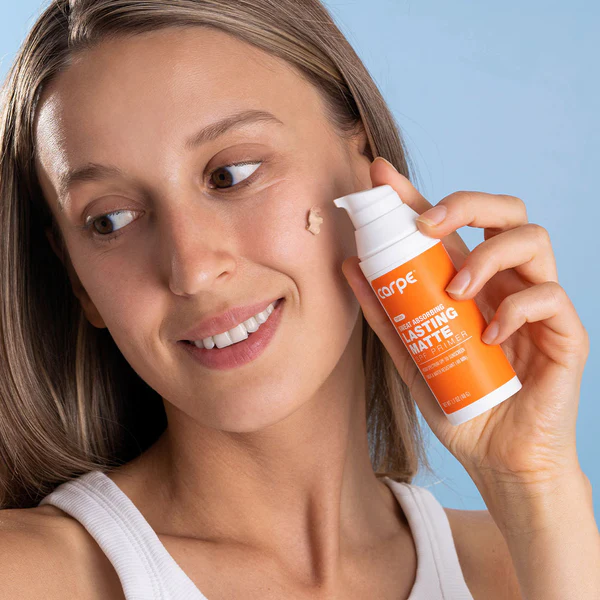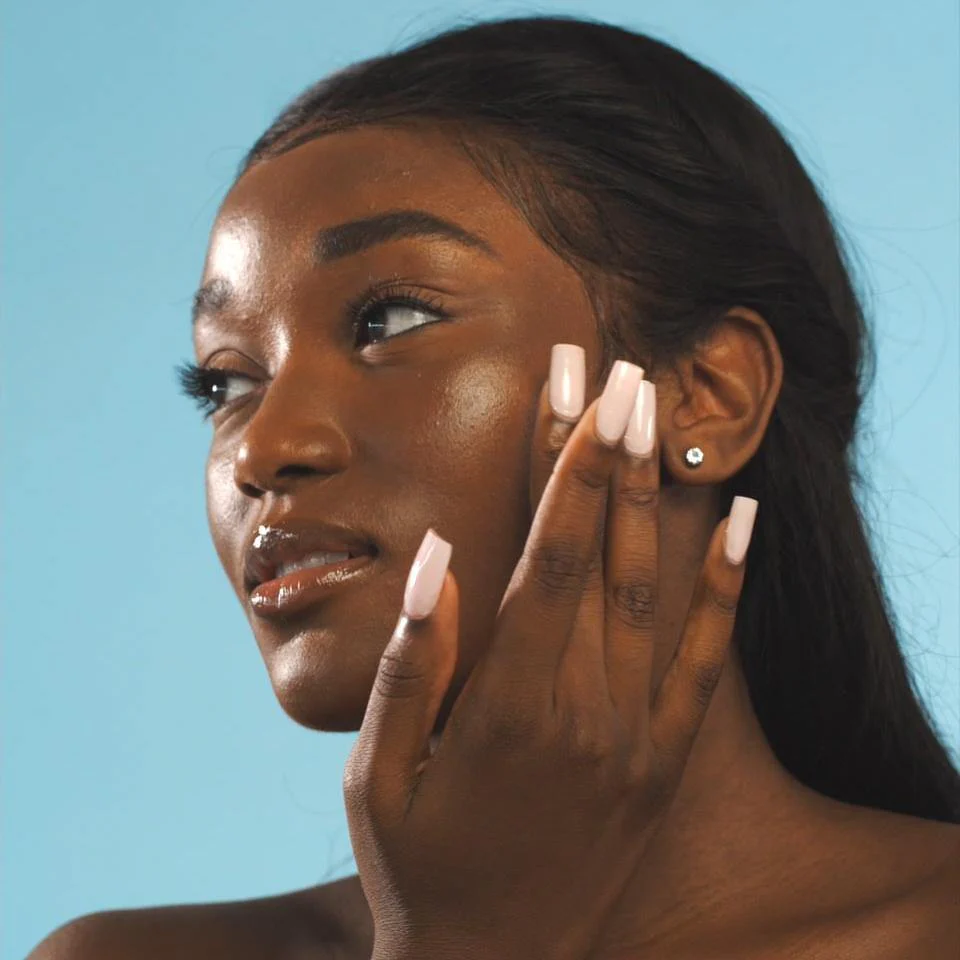
The Ultimate Guide to Primer for Large Pores
Understanding Large Pores and Their Causes
Large pores can be a frustrating skin concern for many individuals, affecting the overall texture and appearance of the complexion. Pores are tiny openings in the skin that allow sebum, sweat, and dead skin cells to reach the surface. When these pores become enlarged, they become more noticeable and can contribute to an uneven skin texture. Several factors contribute to the enlargement of pores, including genetics, age, sun damage, and excessive oil production.Learn how to minimize the appearance of primer for large pores with our expert tips and product recommendations.
As people age, their skin loses elasticity, which can cause pores to appear larger. Prolonged sun exposure can also break down collagen, leading to less firm skin and more visible pores. Oily skin types are particularly prone to enlarged pores, as excess sebum can stretch the pore openings. Understanding these causes is crucial in addressing the issue effectively and choosing the right primer to minimize the appearance of large pores.
The Role of Primers in Addressing Large Pores
Primers play a crucial role in creating a smooth canvas for makeup application and addressing skin concerns like large pores. These products act as a barrier between the skin and makeup, filling in uneven textures and creating a more uniform surface. For those with large pores, primers can be particularly beneficial as they can help to visually reduce the appearance of pore size and create a more refined skin texture.
Pore-minimizing primers often contain ingredients that temporarily tighten the skin, blur imperfections, and absorb excess oil. By filling in pores and fine lines, primers create an optical illusion of smoother skin. Additionally, they help to extend the wear of foundation and other makeup products, preventing them from settling into pores and exacerbating their appearance. The right primer can not only improve the look of large pores but also enhance the overall appearance and longevity of makeup.
Key Ingredients to Look for in Pore-Minimizing Primers
When selecting a primer for large pores, certain key ingredients can significantly enhance its effectiveness. Silicone-based ingredients like dimethicone and cyclopentasiloxane are common in pore-minimizing primers due to their ability to create a smooth, velvety texture that fills in pores and fine lines. Salicylic acid, a beta-hydroxy acid (BHA), can help to unclog pores and control excess oil production, making it an excellent ingredient for those with oily or acne-prone skin.
Niacinamide, a form of vitamin B3, can help to regulate sebum production and improve skin texture over time. Clay minerals, such as kaolin or bentonite, absorb excess oil and help to mattify the skin. Hyaluronic acid and glycerin provide hydration without clogging pores, which is essential for maintaining skin balance. Look for primers that combine these ingredients to address multiple aspects of large pores, from oil control to skin smoothing and long-term pore refinement.
Choosing the Right Primer for Your Skin Type
Selecting the appropriate primer for large pores requires consideration of individual skin types and concerns. For oily skin, opt for oil-free, mattifying primers that contain oil-absorbing ingredients like silica or clay. These formulations help control shine throughout the day and prevent makeup from sliding off. Those with dry or combination skin should look for hydrating primers that contain ingredients like hyaluronic acid or glycerin to provide moisture without clogging pores.
For sensitive skin, choose primers free from potential irritants such as fragrances and alcohol. Individuals with acne-prone skin may benefit from primers containing salicylic acid or tea tree oil, which can help to unclog pores and prevent breakouts. It’s essential to consider the climate and personal lifestyle when selecting a primer. For instance, those living in humid environments might prefer water-resistant formulas, while those in drier climates may need more hydrating options. Experimenting with different primers can help determine which formula works best for individual skin needs and makeup routines.
Application Techniques for Maximum Pore-Minimizing Effect
The application technique is just as important as the primer itself when it comes to minimizing the appearance of large pores. Start with a clean, moisturized face to ensure the primer adheres properly. Allow the moisturizer to fully absorb before applying primer. Use a small amount of primer, as using too much can lead to pilling or an overly greasy appearance. Gently press or pat the primer into the skin rather than rubbing it, focusing on areas with larger pores, typically the T-zone (forehead, nose, and chin).
This pressing motion helps to fill in pores more effectively than rubbing, which can push the product around without properly settling into the skin’s texture. For particularly problematic areas, consider using a pore-filling brush or sponge to work the primer into the pores. Allow the primer to set for a few minutes before applying foundation or other makeup products. This waiting period ensures the primer has time to settle and create the smooth canvas needed for flawless makeup application.
Combining Primers with Other Pore-Minimizing Skincare
While primers are effective in temporarily reducing the appearance of large pores, combining them with a comprehensive skincare routine can yield even better results. Incorporate products containing retinoids or alpha-hydroxy acids (AHAs) into your evening routine to promote cell turnover and improve skin texture over time. Use a gentle, non-comedogenic cleanser to keep pores clear of debris and excess oil. Exfoliate regularly with chemical exfoliants like salicylic acid or glycolic acid to remove dead skin cells and unclog pores.
Include a pore-refining toner in your routine to help tighten and minimize the appearance of pores. Don’t forget to use a broad-spectrum sunscreen daily to protect against UV damage, which can exacerbate large pores. Some skincare-makeup hybrid products combine the benefits of serums or moisturizers with pore-minimizing primers, offering a multifaceted approach to addressing large pores. By creating a skincare routine that complements your primer, you can achieve both immediate and long-term improvements in the appearance of your pores.
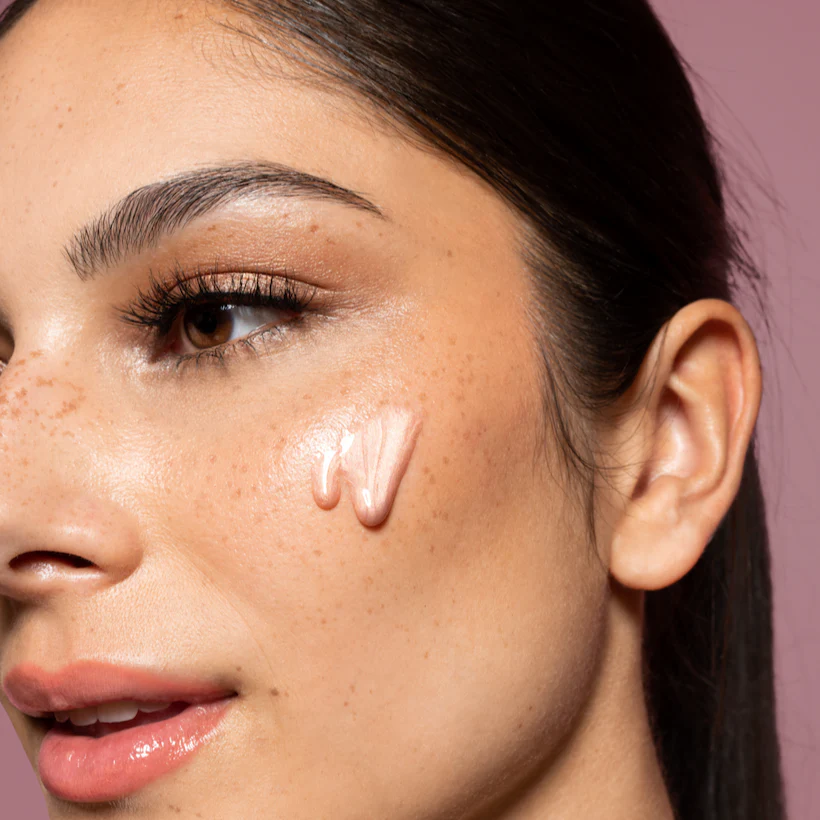
DIY Pore-Minimizing Primer Alternatives
For those who prefer natural or homemade beauty solutions, several DIY alternatives can help minimize the appearance of large pores. One simple option is to use milk of magnesia as a primer. Its slightly alkaline nature can help to control oil and create a smooth base for makeup. Another effective DIY primer is a mixture of aloe vera gel and a few drops of tea tree oil. Aloe vera provides hydration and helps to soothe the skin. While tea tree oil offers antibacterial properties that can benefit those with acne-prone skin.
A combination of egg white and lemon juice can create a tightening effect on the skin, temporarily minimizing the appearance of pores. For a mattifying effect, try using cornstarch or rice powder as a natural primer. These ingredients absorb excess oil and create a smooth surface for makeup application. While these DIY options can be effective, it’s important to patch test any homemade skincare products before applying them to the entire face to avoid potential irritation or allergic reactions.
Common Mistakes to Avoid When Using Pore-Minimizing Primers
Even with the right primer, certain mistakes can hinder its effectiveness in minimizing large pores. One common error is applying too much product, which can lead to a heavy, cakey appearance and actually draw attention to pores rather than concealing them. Another mistake is not allowing skincare products to fully absorb before applying primer, which can cause the primer to pill or slide off. Skipping moisturizer altogether can also be problematic, as even oily skin needs hydration to maintain balance.
Using the wrong primer for your skin type, such as a heavy, silicone-based primer on acne-prone skin, can lead to clogged pores and breakouts. Failing to remove makeup and primer thoroughly at the end of the day can contribute to enlarged pores over time. It’s also important to replace primers regularly, as expired products can be less effective and potentially harmful to the skin. By avoiding these common mistakes and following proper application techniques, you can maximize the pore-minimizing benefits of your primer.
The Latest Innovations in Pore-Minimizing Primer Technology
The beauty industry continually evolves, bringing new innovations to pore-minimizing primers. Recent advancements include primers with color-adapting technology that adjusts to individual skin tones for a more natural, pore-blurring effect. Some new formulations incorporate skincare ingredients like peptides and antioxidants, offering long-term skin benefits in addition to immediate pore-minimizing effects. Primers with light-reflecting particles are becoming more sophisticated, providing a soft-focus effect that diffuses the appearance of pores and other imperfections.
Cooling primers that contain menthol or other refreshing ingredients not only minimize pores but also provide a pleasant, soothing sensation upon application. Waterproof and sweat-resistant formulas are gaining popularity, offering long-lasting pore coverage even in challenging conditions. Some brands are developing primers with pollution-fighting ingredients to protect the skin from environmental stressors that can contribute to enlarged pores. As technology advances, expect to see more multifunctional primers that address a wide range of skin concerns while providing excellent pore-minimizing benefits.
Maintaining Pore Health Beyond Makeup
While primers can effectively minimize the appearance of large pores, maintaining overall pore health is crucial for long-term skin improvement. Establish a consistent cleansing routine to remove dirt, oil, and makeup that can clog pores. Incorporate regular exfoliation to prevent the buildup of dead skin cells, which can contribute to enlarged pores. Use non-comedogenic products to avoid clogging pores, and opt for oil-free moisturizers and sunscreens.
Stay hydrated and maintain a balanced diet rich in antioxidants to support overall skin health. Consider professional treatments like chemical peels or microdermabrasion to deep clean pores and improve skin texture. Manage stress levels, as stress can lead to increased oil production and potentially enlarged pores. Avoid touching your face throughout the day to prevent transferring bacteria and oils that can clog pores. By combining these healthy skin habits with the use of pore-minimizing primers. You can achieve a smoother, more refined complexion both with and without makeup.


